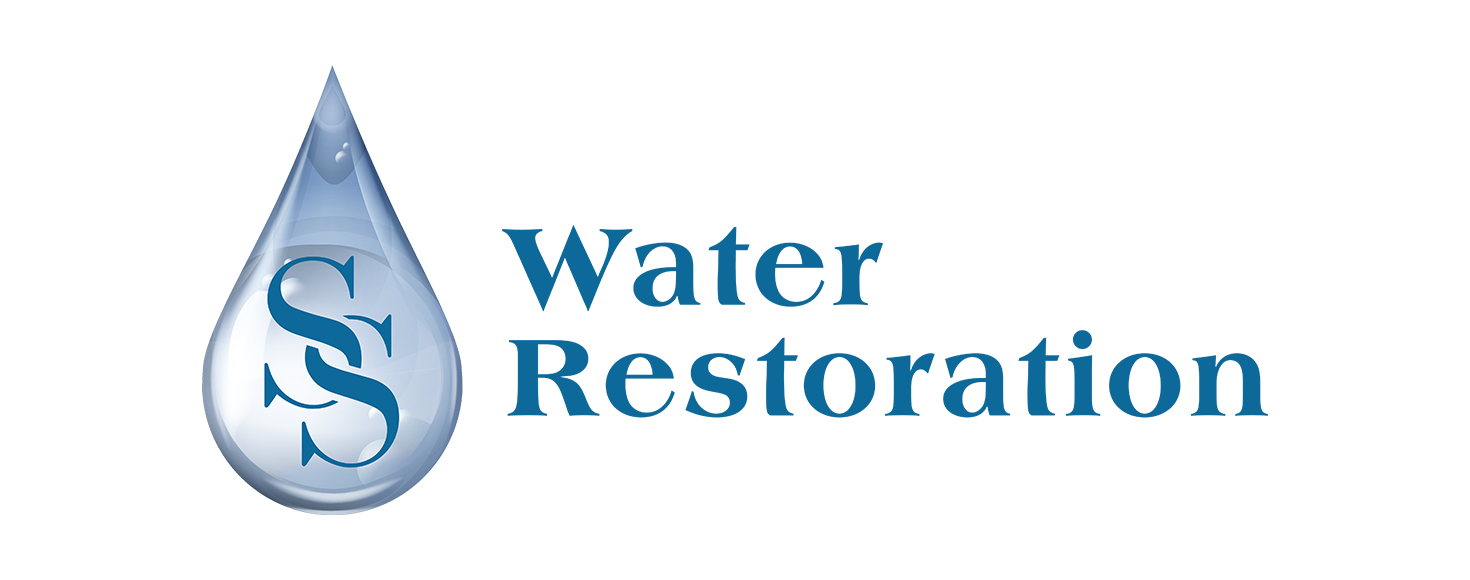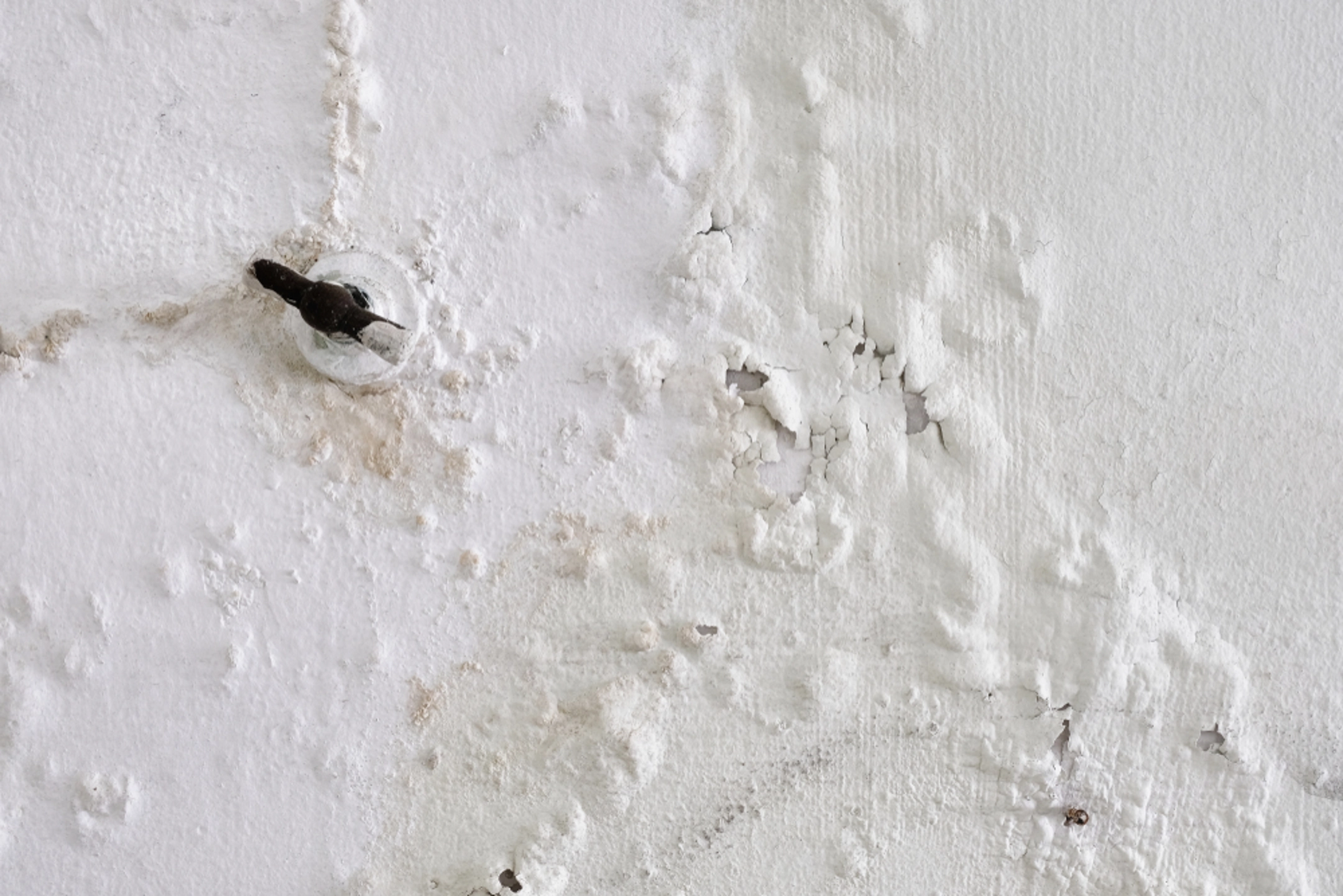The Refine of Water Damage Cleanup: Guaranteeing Your Home Is Restored Successfully
Water damages can be a difficult difficulty for house owners, necessitating a careful and organized cleanup process to restore security and performance. A comprehensive evaluation is important to identify the extent of the damages and identify the suitable removal actions. Following this, reliable water removal strategies play a crucial duty in alleviating more injury. However, the subtleties of drying, sterilizing, and eventual reconstruction are just as crucial and typically neglected. Understanding these stages can make a considerable distinction in the outcome of your home's restoration, prompting a closer take a look at what each action requires.
Evaluating the Damage
Upon finding water damages, the primary step is to extensively assess the level of the effect. This initial analysis is critical, as it assists determine the needed actions for reliable clean-up and repair. Begin by inspecting the impacted areas, consisting of wall surfaces, ceilings, floorings, and individual items, to recognize the resource of the water intrusion, whether from flooding, leakages, or condensation.
Recording the damage is vital for both insurance cases and preparing restoration efforts - damage restoration services. Use photographs and written notes to catch the severity of the damage, noting any type of affected architectural elements and materials. Pay special interest to locations that may not be quickly visible, such as behind walls and under carpets, as hidden moisture can bring about more problems, including mold growth
In addition, analyze the timeline of the water exposure. The longer the products continue to be wet, the higher the capacity for damages. Recognizing the duration of direct exposure will certainly educate the necessity of remediation initiatives. Inevitably, an extensive analysis lays the foundation for an effective water damage cleanup process, making certain that all affected areas are addressed successfully and extensively.
Water Extraction Strategies

Professionals normally use submersible pumps for larger quantities of water, which can rapidly minimize flooding in cellars or various other affected areas. For smaller amounts, wet/dry vacuum cleaners are frequently utilized to extract recurring moisture from carpets and difficult surface areas. Additionally, making use of mobile extractors permits for targeted elimination in constrained rooms or locations with delicate products.
In circumstances of contaminated water, such as sewage or floodwater, advanced extraction methods might entail making use of biohazard equipment to make certain safety and compliance with health laws. High-powered extraction tools are crucial in minimizing water retention in structural materials, which can bring about mold development and architectural wear and tear if not addressed quickly.
Ultimately, the effectiveness of water removal techniques plays an essential function in the total success of the water damage cleanup process, preparing for succeeding reconstruction initiatives.
Drying and Dehumidification
As soon as standing water has been properly extracted, the next important phase in the water damage clean-up procedure is drying out and dehumidification. This step is important to avoid additional damages and mold and mildew development, which can happen within 24 to 2 days in wet atmospheres.
To achieve efficient drying out, specialized equipment such as industrial-grade air movers and dehumidifiers is utilized. Air movers distribute air throughout damp surfaces, enhancing dissipation rates, while dehumidifiers reduce humidity levels in the air, promoting a helpful setting for drying. The mix of these tools makes sure that wetness is drawn out from home furnishings, wall surfaces, and floors, permitting them to dry thoroughly.
It is very important to keep an eye on the drying out process carefully. Professionals often make use of moisture meters to evaluate the dampness content in numerous materials, making certain that all influenced locations reach appropriate dry skin levels. This meticulous technique assists to avoid concealed wetness pockets that can cause structural damage or harmful mold development.

Cleaning and Disinfecting
After the drying out and dehumidification phase is complete, the following important action in water damages clean-up is cleaning up and sanitizing the influenced areas. This procedure is crucial to stop the development of mold and mildew, germs, and various other pathogens that grow in wet environments.
The cleansing stage generally entails eliminating any kind of debris, dust, and pollutants from surfaces using specialized cleaning representatives. For difficult surfaces, a combination of soap and water or industrial cleaning products is usually used. Soft products, such as furniture and carpetings, may call for extra comprehensive cleaning techniques, consisting of heavy steam cleaning or deep extraction strategies, to make certain detailed hygiene.

Disinfecting adheres to cleaning, utilizing EPA-approved disinfectants to eliminate damaging microbes. This step is essential, especially in areas that may have entered into call with floodwaters or sewage, as these resources can pose serious health threats.
In addition, it is essential to resolve any type of remaining smells, which may need making use of odor neutralizers or sophisticated methods like ozone treatment. Appropriate cleansing and sanitizing not only restore the security and water damage restoration near me hygiene of your home but likewise prepared for effective restoration and repairs in succeeding phases of the water damage clean-up procedure.
Restoration and Repair Work

Once the assessment is total, restoration efforts can start. This normally involves fixing or replacing damaged materials, guaranteeing that all job abides with regional building codes and standards. For circumstances, if drywall has been compromised, it will certainly need to be removed and replaced with brand-new material. Additionally, flooring might need comparable focus, depending upon the degree of water exposure.
It is important to engage experienced restoration specialists throughout this process, as they have the knowledge to manage complicated repair services properly. They can help alleviate potential future issues, such as mold and mildew development or architectural instability, hence guaranteeing a habitable and secure living atmosphere. Eventually, reliable remediation and fixings restore the home's honesty and improve its total worth.
Final Thought
Finally, the process of water damages clean-up is essential for restoring a home to its pre-damage problem. Each phase, from examining the damages to implementing effective water extraction strategies, complied with by comprehensive drying, disinfecting, and essential repairs, plays an essential role in guaranteeing safety and security and conformity with structure criteria. Effective execution of these actions not just reduces immediate damages yet also improves the long-lasting integrity and value of the residential or commercial property.
Water damage can dig this be a challenging obstacle for home owners, demanding a organized and meticulous clean-up process to restore security and capability. Inevitably, a thorough evaluation lays the foundation for a successful water damage clean-up process, making certain that all impacted locations are resolved efficiently and completely.
Effective water removal strategies are essential in alleviating damage and avoiding more difficulties adhering to a water intrusion event.In final thought, the procedure of water damages clean-up is essential for restoring a home to its pre-damage problem. Each stage, from analyzing the damages to carrying out reliable water removal methods, complied with by detailed drying out, sterilizing, and required repair work, plays a crucial function in making certain security and compliance with building standards.